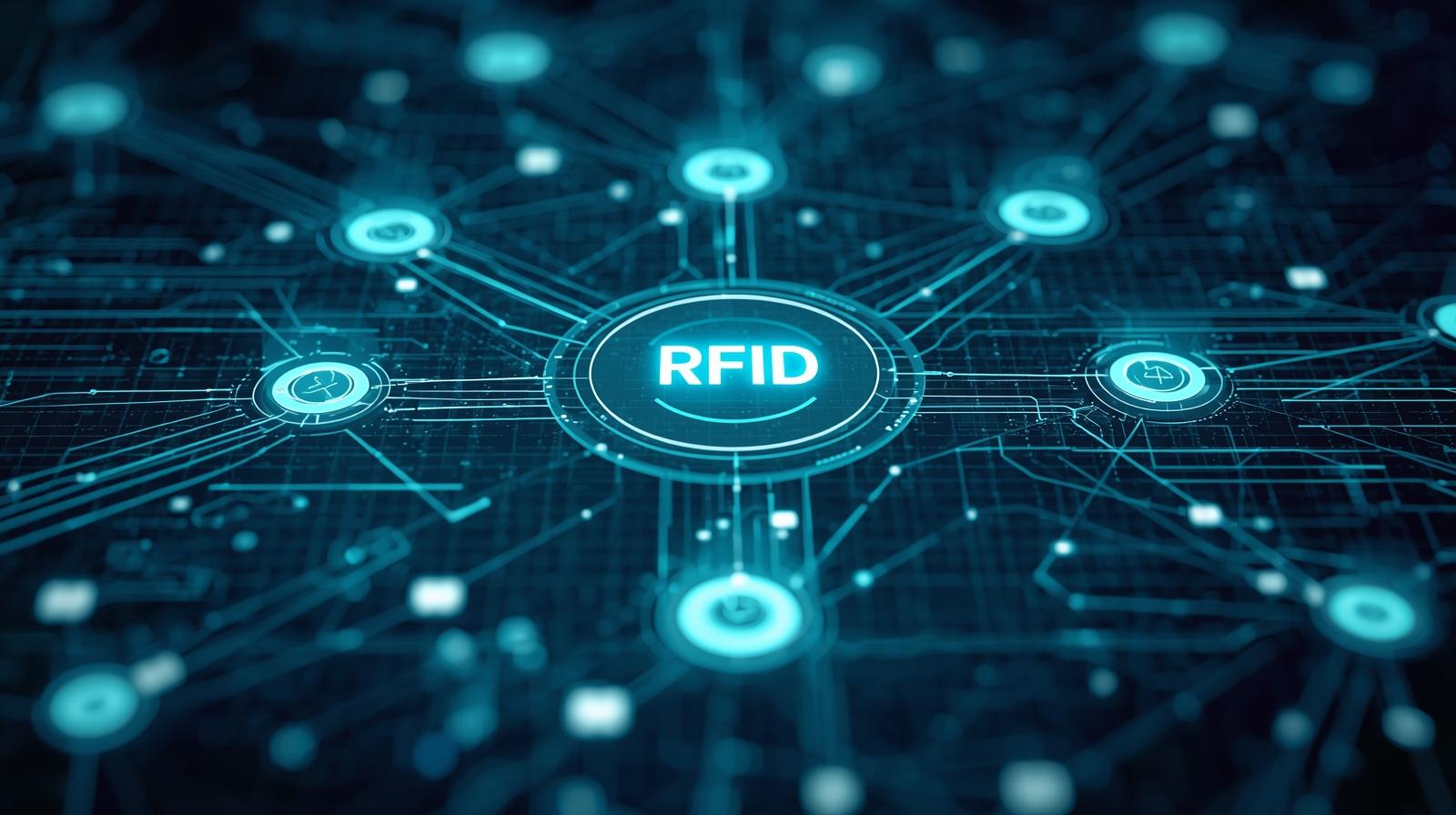The Radio Frequency Identification (RFID) solutions market is expanding rapidly as industries adopt smart technologies to enhance visibility, efficiency, and automation across operations. RFID technology, which uses electromagnetic fields to identify and track objects, has become an integral part of supply chain management, inventory tracking, retail automation, healthcare systems, and industrial manufacturing. As businesses embrace digital transformation and demand for real-time data grows, the RFID solutions market is poised for significant growth in size and scope.
Download PDF Brochure @ https://www.marketsandmarkets.com/pdfdownloadNew.asp?id=446

Market Size and Growth Outlook
The RFID solutions market has witnessed strong growth in recent years, driven by widespread adoption in logistics, retail, and healthcare sectors. The increasing demand for efficient asset management and inventory control, combined with technological advancements in RFID tags and readers, is fueling market expansion. With the ongoing digitalization of global industries and the rise of IoT-enabled ecosystems, RFID solutions are expected to grow steadily, achieving a robust compound annual growth rate (CAGR) over the coming years.
Market Share Insights
The market share of RFID solutions is distributed across key segments such as tags, readers, software, and services. RFID tags account for a significant portion of the market, with both passive and active tags seeing high demand due to their affordability and versatility. Readers and software solutions are also gaining traction as companies seek seamless integration with enterprise resource planning (ERP) and warehouse management systems (WMS). Regionally, North America and Europe lead the market due to early adoption and strong technological infrastructure, while Asia-Pacific is emerging as the fastest-growing region with booming retail, e-commerce, and industrial automation sectors.
Key Drivers of Market Growth
Several factors are driving the growth of the RFID solutions market. The expansion of e-commerce has created a need for accurate inventory tracking and real-time logistics visibility. In retail, RFID is revolutionizing inventory management by enabling automated stocktaking, reducing shrinkage, and enhancing customer experiences. In healthcare, RFID solutions are being deployed for patient tracking, equipment management, and pharmaceutical safety. The manufacturing industry is adopting RFID for smart factories, where it supports automation and predictive maintenance. The rising adoption of contactless technologies in a post-pandemic world has further accelerated RFID adoption across sectors.
Industry Opportunities and Innovations
The RFID market presents vast opportunities as industries invest in automation and digital technologies. Innovations in ultra-high frequency (UHF) RFID tags, integration with IoT platforms, and cloud-based RFID management systems are enhancing the scalability and affordability of solutions. The development of hybrid RFID systems that combine multiple technologies, such as sensors and blockchain, is creating new possibilities for data security and supply chain transparency. Emerging markets, particularly in Asia-Pacific, Latin America, and the Middle East, present growth opportunities as governments and businesses invest in smart city initiatives and modernized infrastructure.
Challenges to Adoption
Despite its benefits, the RFID solutions market faces challenges such as high implementation costs, integration complexities, and concerns over data security. Small and medium-sized enterprises (SMEs) may find initial investments in RFID infrastructure prohibitive. Interoperability between different systems and standards remains a hurdle, although growing industry collaboration is helping address these issues. Overcoming these challenges through cost-effective solutions and stronger standardization will be key to unlocking the full potential of RFID technologies.
Future Outlook
The future of the RFID solutions market lies in its integration with advanced technologies such as artificial intelligence (AI), big data analytics, and digital twins. AI-driven RFID analytics will provide predictive insights for smarter decision-making, while IoT-enabled RFID networks will enhance connectivity across global supply chains. The adoption of digital twins in manufacturing and logistics will further increase reliance on RFID for accurate, real-time data. As industries continue to prioritize efficiency, transparency, and automation, RFID solutions are set to play a central role in shaping the future of connected ecosystems.
For more info: https://www.prnewswire.com/news-releases/rfid-market-worth-25-24-billion-by-2033—exclusive-report-by-marketsandmarkets-302348957.html
